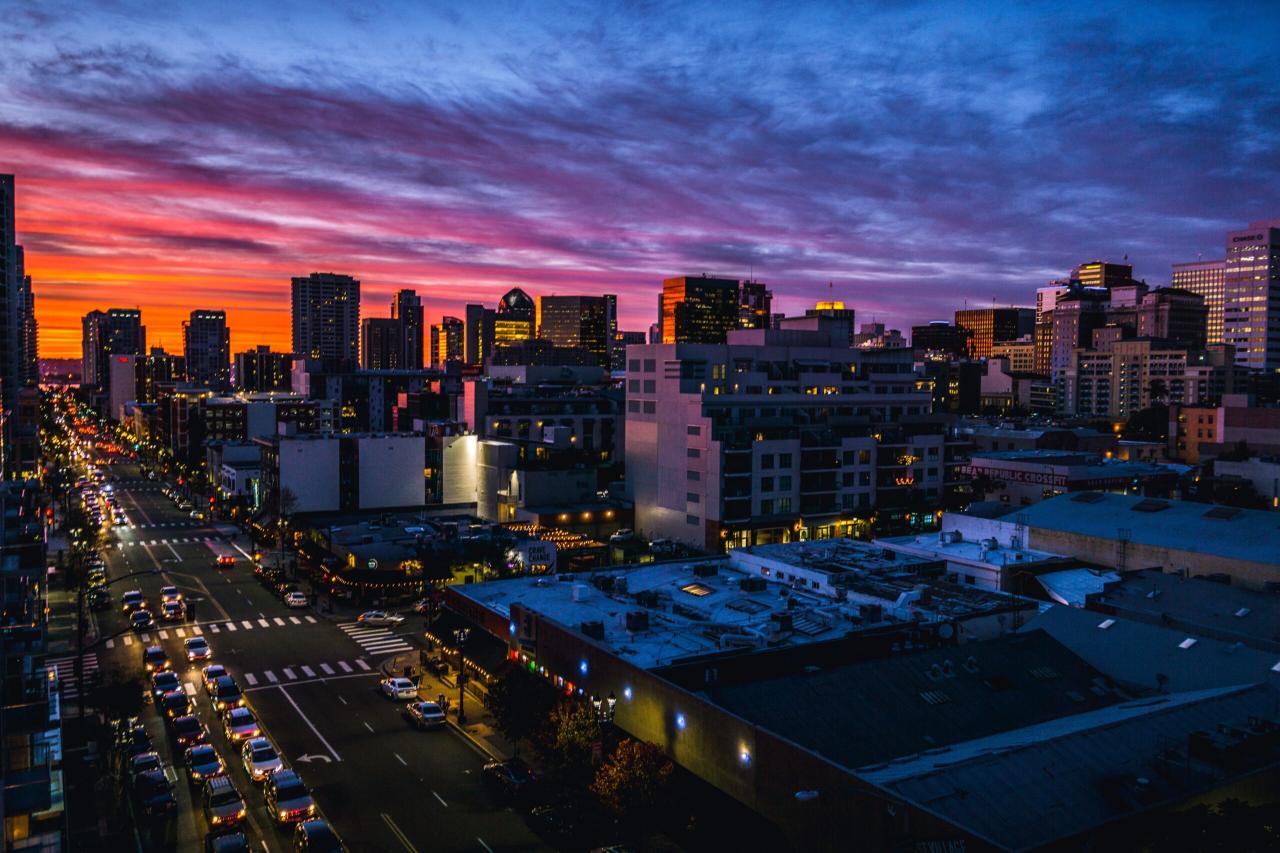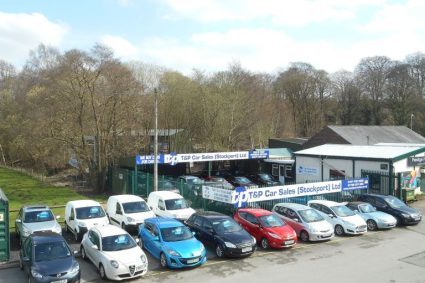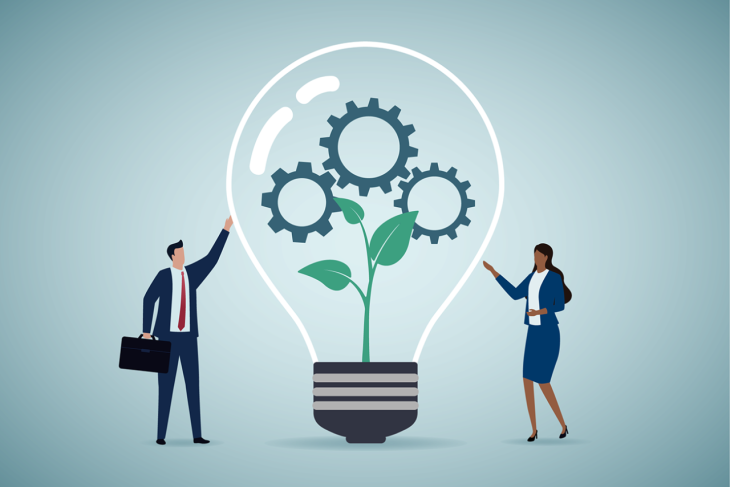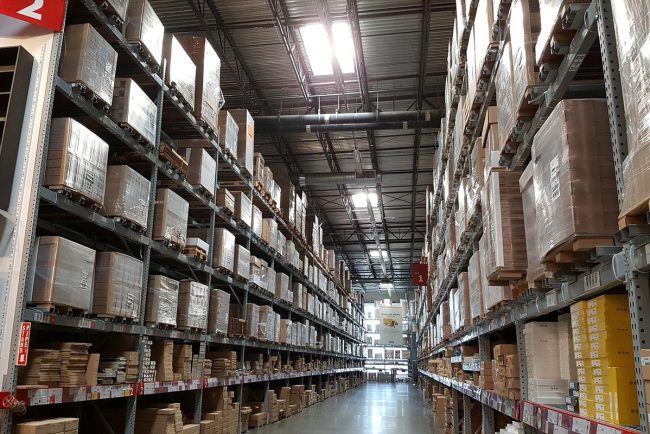

Power outages have long been a source of frustration and inconvenience for individuals and businesses alike. Despite advances in technology and infrastructure, we still find ourselves grappling with the consequences of power disruptions. In this article, we will delve into the reasons why we continue to endure power outage downtime and explore the challenges involved in finding a lasting solution.
- Aging Infrastructure:
One of the primary reasons we still experience power outage downtime is the aging infrastructure of our electrical grids. Many countries and regions rely on outdated power systems that were built decades ago. These systems are susceptible to faults, failures, and disruptions caused by weather events, equipment malfunctions, and other unforeseen circumstances. Upgrading and modernizing the infrastructure requires significant investment and time, making it a complex challenge.
- Growing Energy Demand:
The demand for electricity has been steadily increasing due to population growth, urbanization, and the proliferation of electronic devices. The strain on existing power systems to meet this growing demand often leads to overloading, which can result in power outages. Balancing the supply and demand of electricity is a delicate task, requiring careful planning, forecasting, and investment in new power generation and distribution technologies.
- Vulnerability to Natural Disasters:
Power grids are particularly vulnerable to natural disasters such as hurricanes, earthquakes, and severe storms. These events can cause significant damage to electrical infrastructure, leading to widespread power outages. While efforts are made to reinforce and protect power systems against natural disasters, the scale and intensity of these events can still overwhelm the existing safeguards. Enhancing the resilience of power grids to withstand such disasters remains a significant challenge.
- Maintenance and Upkeep:
Regular maintenance and upkeep of power infrastructure are crucial to prevent failures and minimize downtime. However, inadequate funding and limited resources often result in deferred maintenance or reactive repairs rather than proactive measures. Insufficient investment in maintenance can increase the likelihood of power outages and prolong downtime when failures occur.
- Complex Interdependencies:
The modern power grid is a complex network of interconnected systems, including generation plants, transmission lines, substations, and distribution networks. Any disruption in one part of the system can have cascading effects on other components, leading to widespread power outages. Identifying and addressing vulnerabilities and interdependencies within the grid requires coordination among multiple stakeholders, including utility companies, regulators, and government agencies.
Conclusion:
Despite the advancements in technology and infrastructure, power outage downtime continues to be a persistent problem. The challenges of aging infrastructure, growing energy demand, vulnerability to natural disasters, maintenance issues, and complex interdependencies make finding a comprehensive solution complex. However, efforts are being made to address these challenges through investments in renewable energy sources, grid modernization, and resilience planning. As we continue to navigate these complexities, collaboration between stakeholders and a commitment to innovation and sustainability will be key in minimizing power outage downtime and ensuring a reliable and resilient energy future.


















